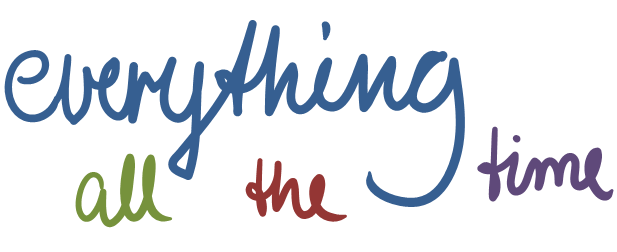
Right now in my English class we are working on immigration, race and ethnicity in the USA, a complex topic that can be dealt with in a number of ways. We have chosen to combine a quick glance at the history of immigration in the USA with a more thorough look at the current situation. These web pages on American immigration give a very good overview of which countries people have emigrated from throughout the history of the USA. The pages contain a timeline with maps that show from which countries immigrants into the USA have originated at what time. In addition, there are two maps that show the current situation; which countries the largest ancestry groups originate from (numbers from 2000) and where the largest groups of illegal immigrants are arriving from (numbers from 2005). The pages also contain text boxes that help explain the maps. For a closer look at the immigrant experience we have read the article "Best of friends, worlds apart", which tells the story of two Cuban friends, one black and one white, whose experience and understanding of race and ethnicity were completely altered as they were forced to adjust to American society. My excellent colleagues Liv Kristin and Kjetil at Sandvika upper secondary school made this lesson plan: RACE AND ETHNICITY IN THE USA (photo: "united")
Having worked with the above mentioned texts and timelines, a suitable and student-friendly way to round off the topic of immigration and ethnicity in the US is to watch Paul Haggis' Crash (2005), which seems to be a film that always succeeds in catching the students' attention. When the film received the Academy Award for best film in 2005, members of the Academy explained that they had voted for the film because they felt it so aptly described an important and difficult aspect of American society. The film takes us to LA and introduces us to the racial prejudices of most of the ethnic groups that make up the legal and illegal population of the city. Intertwining storylines and a large number of characters may present a challenge to students, but they never seem to lose interest, nor miss the message. However, it can be a good idea to have students look at Wikipedia's pages on Crash, which give a plot summary as well as an excellent overview of the many interesting characters. For study questions on Crash and a number of other quality films, see Manitowoc Public Library's Critic's Choice film series. Have a look at the trailer of the film:
P.S. After writing this I discovered that Larry Ferlazzo had published a link to a short article in the Sacramento Bee, "Characteristics of the foreign-born", that sums up the 2007 demographic data on foreign-born people in the nation, states and cities in the USA. These numbers are certainly an interesting next step after studying the maps and texts on American immigration (legal and illegal) and ancestry groups mentioned above.











